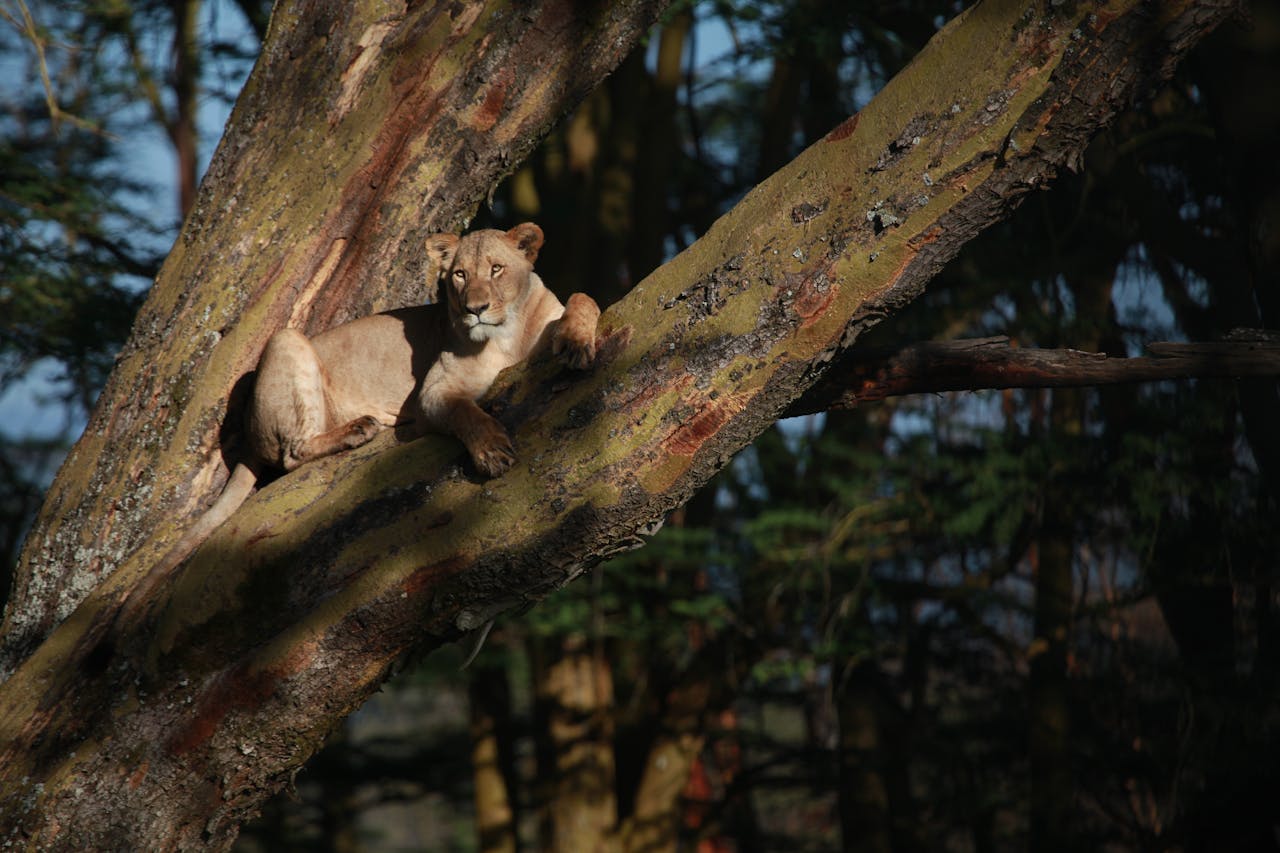Species going extinct due to deforestation – this is something you might have heard of frequently over the years from your social media feed or your science class.
Deforestation is a pressing issue that is causing harm to our planet in more ways than one. Not only does it contribute to climate change and disrupt ecosystems, but it is also driving numerous animal species to the brink of extinction.
In this article, we will explore the species most at risk of extinction due to deforestation.
What is Deforestation and How Does It Affect Animals?
Deforestation is the deliberate clearing of forests and woodlands for non-forest purposes, typically turning the deforested areas into plantations, ranches, and residential developments.
The massive destruction of forests and vegetation leads to the loss of wildlife habitat, directly threatening many animal populations. This disrupts the animals' access to critical resources such as food, water, and suitable breeding grounds. Deforestation also exposes animals to new threats like temperature changes and increased interaction with humans.
According to a National Geographic article, about 80 percent of the Earth's land animal species live in forests. But deforestation threatens their survival, and unfortunately, it continues to endanger many animal species to this day.
Various species are at risk of extinction due to deforestation, with these seven being among them:
Orangutan
Orangutans face a high risk of extinction primarily due to deforestation. They are highly adapted to life in trees and typically avoid coming into contact with the ground, particularly as they mature. However, the destruction of their habitats forces them to forage for food on the ground, increasing their vulnerability to various human threats.
Orangutans are predominantly found in the rainforests of Indonesia and Malaysia, but their natural habitat is at risk due to the expanding palm oil industry. There are approximately 80,000 orangutans left in the world, with up to 3,000 deaths reported each year, according to the Orangutan Conservancy.
Around 85% of the world's palm oil is produced in Indonesia and Malaysia. The process of converting tropical forests into palm plantations in these countries leads to issues such as illegal logging, clearing, fragmentation, and intentional burning of forests, which in turn displaces orangutans from their natural habitats.
Big Cats
Many species of big cats, including jaguars, lions, tigers, and leopards, are on the brink of extinction.
The Sumatran Tiger, for example, has declined to a mere 600 in the year 2017. Aside from the expanding palm oil plantations in Indonesia, these tigers are also in danger of poaching.
In the Americas, specifically Argentina, Bolivia, and Paraguay, the population of jaguars significantly declined due to agricultural expansion. Jaguars used to roam in South America and even up north to Arizona. Sadly, jaguars are currently at only 51 percent of their historic range.
Meanwhile, lions in the savannahs of Africa lost about 75 percent of their natural habitat in the last 50 years due to deforestation and land-use change
Pygmy Elephants
The Borneo pygmy elephants are called such because they inhabit Borneo and are comparatively smaller than other elephant species. Still, these mammals need to live in large areas with sufficient vegetation to survive.
Sadly, habitat loss threatens the survival of pygmy elephants. Deforestation remains an issue on the island of Borneo, with 50 percent of its forest lost due to palm oil and other industries between 1973 and 2015. Aside from habitat loss, illegal snares also pose a threat to the safety of pygmy elephants.
According to the World Wildlife Fund, the population of the Borneo pygmy elephants is estimated to be fewer than 1,500.
Koala
Koalas are also among the animals that can go extinct due to deforestation. One might think that the iconic symbol of Australia is exempted from being endangered. Unfortunately, it is not.
Before the devastating 2019 Australian bushfires, the koalas were already facing threats to their natural habitat due to drought and deforestation. Forced out of their homes and onto the ground, these adorable creatures are now vulnerable to attacks from other animals and dangers on the road.
Monarch Butterflies
Deforestation also threatens monarch butterflies, and their population continues to decline. As pollinators, monarch butterflies are vital to the survival of many ecosystems, especially in their migration route. The decrease in the species' population could potentially affect the production of staple fruits and vegetables.
Aside from deforestation, herbicide on the milkweed plant, the monarch butterflies' primary food source, also endangers them. Climate change also affects the temperature in their migration path, heavily influencing their survival.
Imperial Woodpeckers
The Imperial Woodpecker is a tragic example of how deforestation can drive a species to the brink of extinction.
Imperial woodpeckers, which are formerly found in the tropical forests in Mexico, require vast areas to thrive and reproduce, with each breeding pair requiring at least 10 square miles of woodland.
Deforestation in Mexico during the 20th century led to habitat destruction for many species, including the imperial woodpeckers. With their habitat disappearing, they lost the resources they needed to survive and only about 50 remain in the wild. The last confirmed sighting of an Imperial Woodpecker was in 1956.
Amur Leopards
Amur leopards, the rarest big cat in the world, face several threats that push them towards critically endangered status.
Habitat loss, due to unstainable logging, forest fires (due to human activity and climate change, and land conversion, is a serious threat to this species. Only about 120 are left in Russia and north-east China.
While not as widespread as in the past, Amur leopards are still hunted illegally for their fur and body parts used in traditional medicine. Even a few poaching incidents can be devastating for such a small population.
How Can You Help?
Deforestation is an economic issue that may take decades to address. Economic development will continue, and it seems that along with it, so will deforestation.
As an individual, perhaps, the best way forward is to educate oneself about the issue of deforestation. Exercise consumer power wisely, and refrain from buying unsustainably sourced products.
Moreover, it is not yet too late to start planting trees. Volunteer in tree planting activities in your community and support anti-deforestation groups that also work to protect endangered animals.
Related Posts
- Domestic vs. Exotic Wood: Understanding the Differences
- Ways to Embrace Biophilic Design at Home
- Organic Furniture for a Safe and Non-Toxic Home
The blog post was initially published on May 27, 2022, and has since been updated.



Leave a comment
This site is protected by hCaptcha and the hCaptcha Privacy Policy and Terms of Service apply.